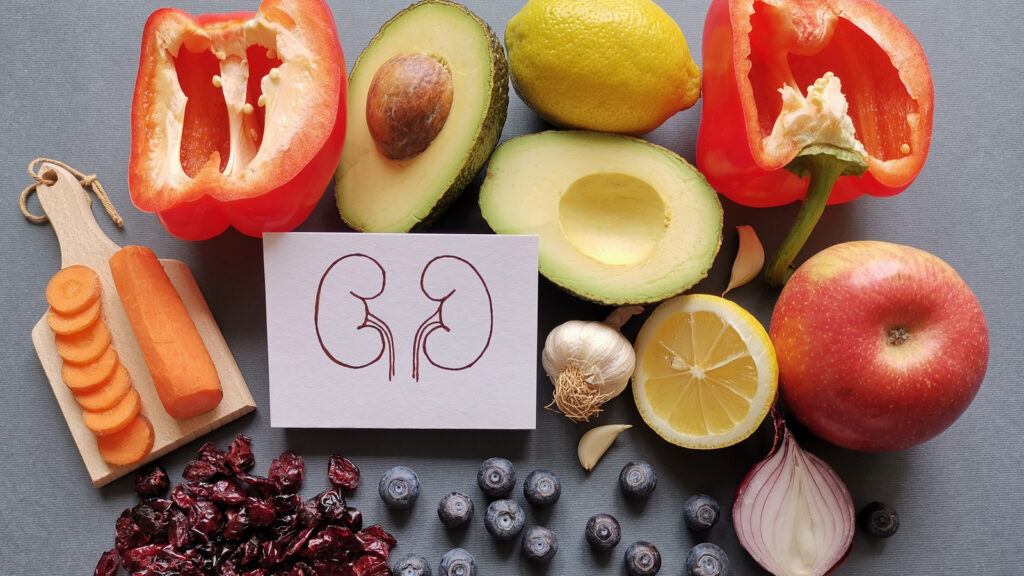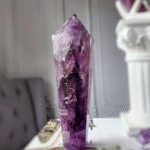Kidney stones are a painful and often recurring condition, with calcium oxalate crystals being the most common type. Fortunately, your diet can play a major role in preventing and managing this condition. If you’re looking for a natural and effective way to protect your kidneys, understanding and adopting a proper kidney stone diet is essential. This article outlines key dietary tips and food choices to help reduce the risk of kidney calcium oxalate crystals, and is inspired by the guidance available on KidneyCop’s helpful guide.
What Are Calcium Oxalate Crystals?
Calcium oxalate crystals form when there is too much oxalate and calcium in the urine and not enough liquid to dilute them. These crystals can bond and grow into stones, which may block urine flow and cause intense pain. Managing oxalate and calcium intake through a dedicated kidney stone diet can help minimize the formation of these crystals.
Key Principles of a Kidney Stone Diet
A good kidney stone diet focuses on reducing oxalate intake, balancing calcium levels, and maintaining proper hydration. Here’s what that looks like in practice:
1. Stay Hydrated – Your First Defense
Water is the single most important component in preventing stone formation. Aim to drink at least 2.5 to 3 liters of water per day. Staying hydrated dilutes the substances in urine that lead to stones, especially oxalate and calcium.
2. Limit High-Oxalate Foods
Oxalate is naturally found in many healthy foods, but consuming too much can increase the risk of calcium oxalate stone formation. Common high-oxalate foods include:
- Spinach
- Beets
- Rhubarb
- Nuts (especially almonds and cashews)
- Chocolate
- Sweet potatoes
- Soy products
While it’s not necessary to eliminate these foods entirely, reducing their intake or pairing them with calcium-rich foods can help minimize oxalate absorption.
3. Balance Calcium Intake
Contrary to popular belief, reducing dietary calcium may increase the risk of kidney stones. When you consume calcium from food, it binds with oxalate in the gut and prevents its absorption into the bloodstream. Low calcium intake allows more oxalate to enter your system, leading to higher crystal formation.
Good sources of calcium for your kidney stone diet include:
- Low-fat dairy products (yogurt, milk, cheese)
- Fortified plant-based milks
- Sardines and salmon (with bones)
- Leafy greens (except spinach, which is high in oxalate)
Aim for about 1,000 to 1,200 mg of calcium daily, ideally from food rather than supplements, unless advised otherwise by your healthcare provider.
4. Reduce Sodium and Animal Protein
A high-sodium diet increases calcium in the urine, raising the risk of stone formation. Stick to less than 2,300 mg of sodium per day. Check processed foods, canned soups, and restaurant meals for hidden salt.
Additionally, limit animal protein (red meat, eggs, poultry, and seafood), as it increases uric acid and reduces urinary citrate — a natural inhibitor of stone formation. Consider substituting with plant-based proteins like lentils and beans (while monitoring their oxalate levels).
5. Add Citrate-Rich Foods
Citrate helps prevent kidney stones by binding with calcium and stopping crystals from forming. Add natural citrate sources to your diet, such as:
- Lemons
- Limes
- Oranges
- Grapefruits
Try drinking lemon water daily as a simple and refreshing way to boost your citrate intake.
6. Maintain a Healthy Weight
Obesity and poor metabolic health are linked with a higher risk of kidney stones. A balanced kidney stone diet, along with regular physical activity, can help manage weight and reduce your risk.
Sample Day on a Kidney Stone Diet
Breakfast:
Greek yogurt with sliced bananas and low-oxalate berries (blueberries, strawberries), and a glass of water with lemon.
Lunch:
Grilled chicken breast, quinoa, steamed broccoli, and a small orange.
Snack:
A hard-boiled egg and cucumber slices.
Dinner:
Baked salmon with brown rice, sautéed zucchini, and a leafy green salad (excluding spinach) with olive oil dressing.
Drinks:
Plenty of water throughout the day, plus unsweetened lemon water or citrus juice.
Supplements and Additional Support
In some cases, diet alone may not be enough. Supplements like Kidney C.O.P.®, formulated specifically to inhibit calcium oxalate crystal formation, can be a helpful addition. These should always be used alongside a well-structured kidney stone diet, and with your doctor’s guidance.
Conclusion: Diet is Your Best Defense
A thoughtful and well-balanced kidney stone diet is one of the most effective ways to combat calcium oxalate crystals. By understanding the role of hydration, calcium, oxalate, and overall nutrition, you can significantly lower your risk of painful stone formation. Whether you’ve had stones before or are hoping to prevent them, now is the time to make kidney-friendly dietary choices.
For more detailed guidance and helpful tips, visit Kidney C.O.P.’s full resource on the topic. Empower your health with the right foods, smart habits, and a commitment to kidney wellness.


